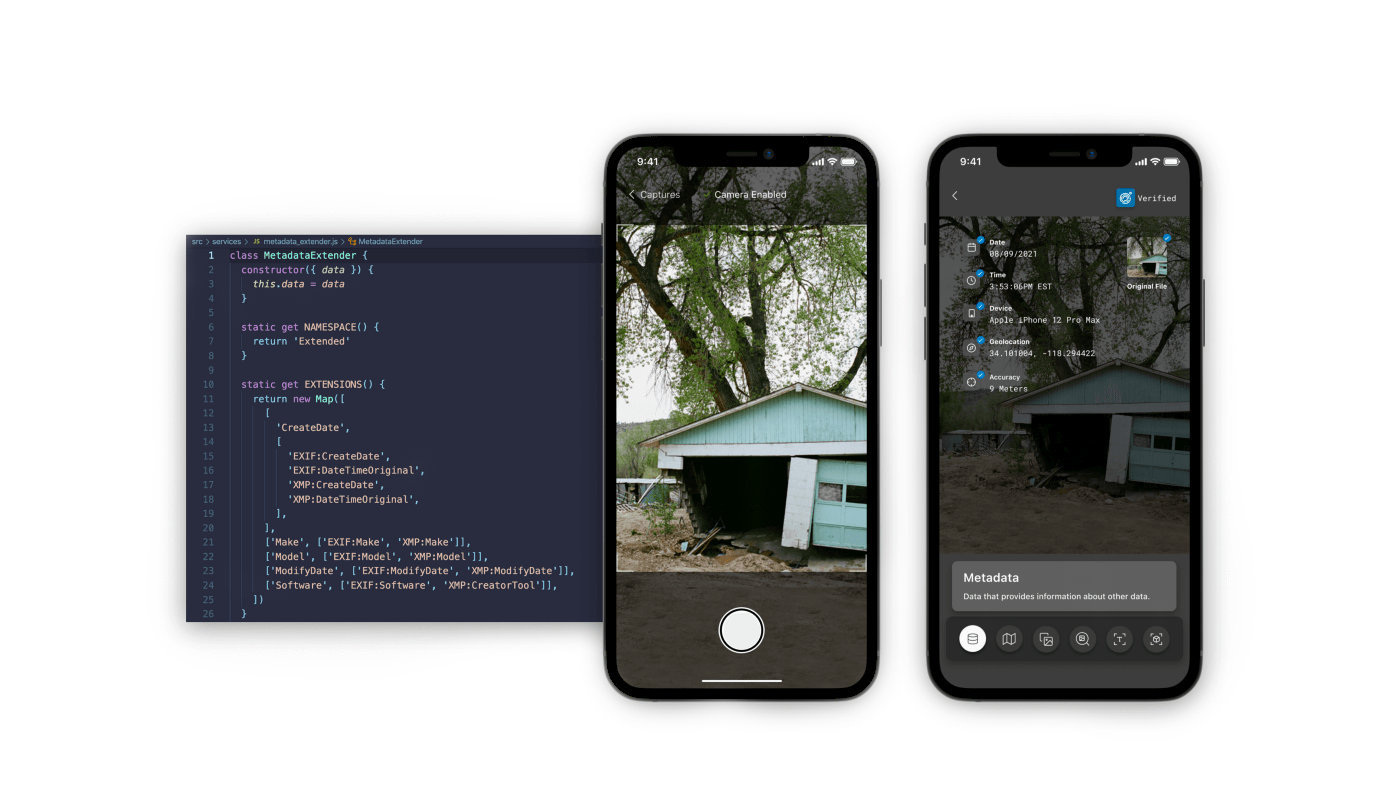GLOSSARYText-to-speech
Text-to-speech (TTS) technology is an assistive type of software that converts written text into spoken words.
What is Text-to-speech?
Text-to-speech (TTS) technology is an assistive type of software that converts written text into spoken words.
It can be used to read out loud any type of written text, such as a document, an email, or a web page. TTS technology is often used by people with visual impairments, who may have difficulty reading written text, but it can also be useful for people who need to multitask or who prefer to listen to written content rather than read it. It’s also gained traction in recent years as an accessible tool for adding a digital voiceover to video content.
TTS technology works by analyzing the written text and generating spoken words that mimic human speech. The quality of TTS technology can vary widely, with some systems producing more natural-sounding speech than others.
Like any technology though, TTS is not without its risks. It can be used to generate synthetic media, such as audio or video files that mimic the appearance and sound of real media. This synthetic media can be used to create false or misleading content that is difficult to distinguish from real media, which can be used to spread disinformation through social engineering.
As artificial intelligence (AI) continues to develop, it is important for organizations and individuals to be aware of these risks and to take steps to protect themselves.



